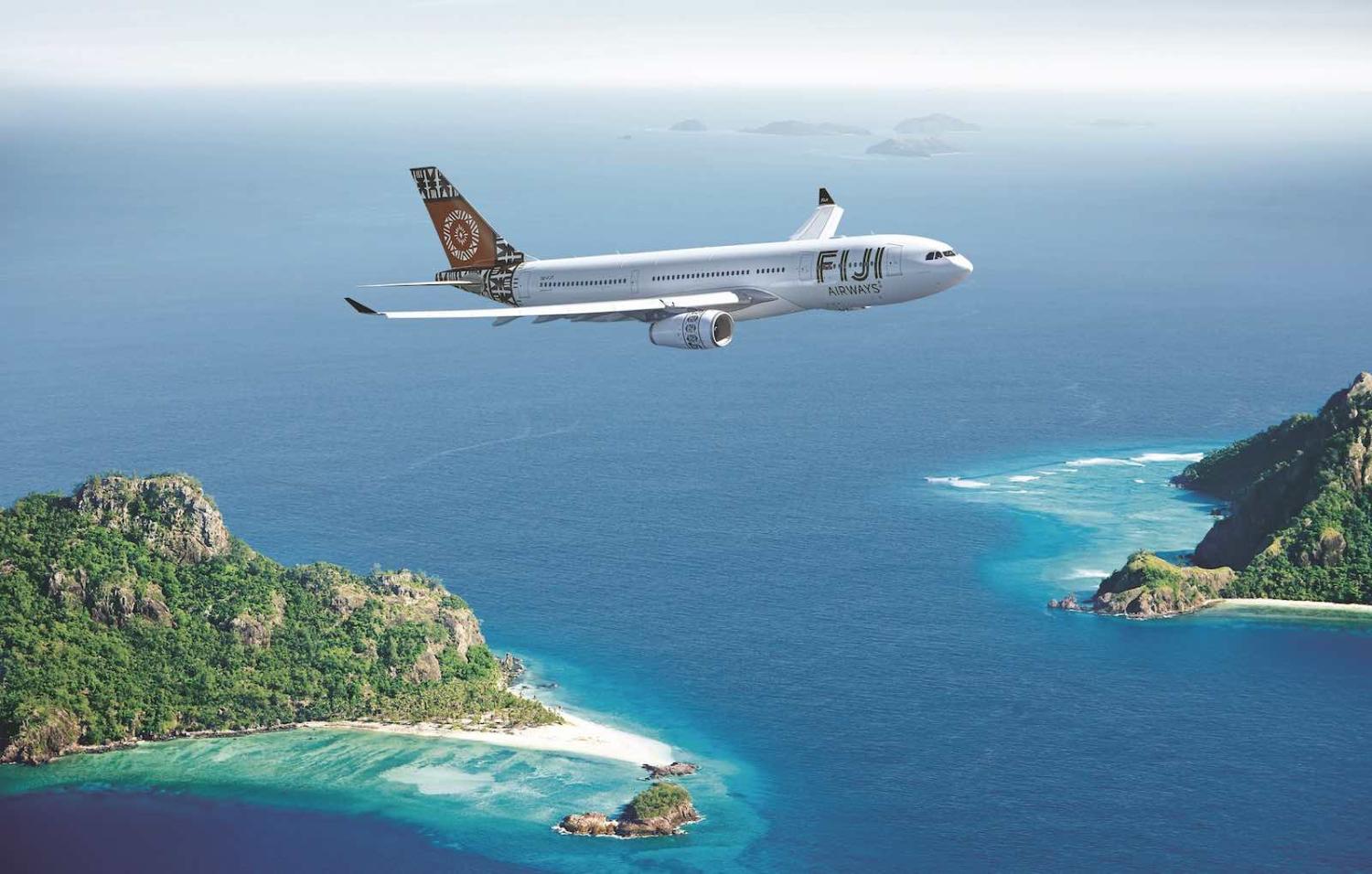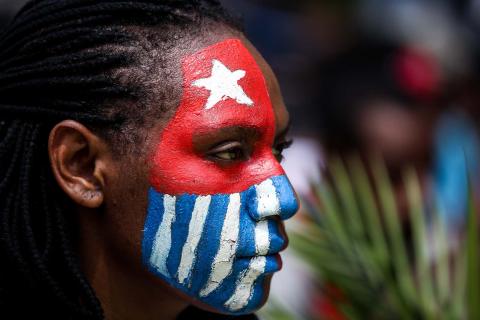“People who invest in aviation are the biggest suckers in the world.”
– David Neeleman, founder of JetBlue Airways
“If you want to be a millionaire, start with a billion dollars and launch a new airline.”
– Sir Richard Branson, founder of Virgin Atlantic Airways
The last few years have been busy for the airline industry in the Pacific Islands. Lured by more modern, fuel-efficient and smaller aircraft with greater range, flag-carrying airlines across the region made big plays to trade up their ageing fleets. In the last three years, more than 24 new planes were on order or had been delivered for eight regional airlines, tallying more than US$2.5 billion in new leases. For some, such as the purchase by government-owned Air Kiribati of two Embraer E190s, the investments were huge, equivalent to roughly half the country’s annual GDP.
The primary goal for the fleet renewal is simple: to boost tourism. But national carriers in the Pacific also fill a critical public utility, bolstering inter- and intra-connectedness in a region of low population density and extreme remoteness. To this end, most national carriers in the region are partly or wholly government-owned, or at the very least directly subsidised by their government or indirectly protected through complicated seat-capacity or airport-capacity limitations.
With thin traffic and freight levels for many routes, the economic performance of these airlines over the years has been mixed at best. But it’s a cost most governments are willing to wear in return to for the public utility function – and prestige – that a national carrier provides.
The regional solution is a romantic one, and an aspiration for many elements of governance and service delivery in the Pacific region.
In 2020, however, these costs are set to skyrocket. The grounding of planes as a result of Covid-19 movement restrictions has devastated the global airline industry, and the Pacific is no exception.
Fiji Airways, the largest and oldest regional airline built around tourism, has just this week been forced to lay off half of its workforce and is pushing for a government-backed A$227.5 million loan to keep them afloat.
Papua New Guinea’s Air Niugini had just turned itself around this year, after years of losses and a confidence-shaking crash in the Marshall Islands in 2018. It may be in better shape as domestic flights in the country resume, but even beyond the first $10 million provided, a handout could still be needed. The resignation of CEO Alan Milne, who had steered the company back to profitability, is another setback for the airline.
Air Kiribati, Air Vanuatu, Nauru Air and Solomon Airlines are all in similar situations, but at most serious risk is Samoa Airways. Relaunched in 2017 after the Samoan government ditched its partnership with Virgin, the budding international airline has faced a number of setbacks. The grounding of its brand-new Boeing 737-Max, expensive “wet-leasing” of a temporary plane and turmoil in the airline’s leadership team are just some of its headaches. Virgin Australia entering administration, the cancellation of Fiji Airways flights to Samoa by the Samoan government and the ending of Samoa Airways’ current leasing option will leave Air New Zealand as the only carrier connecting the nation’s glistening new China-funded international airport – and the nation as a whole – to the outside world.

Many are guessing how far the industry shakeout will go, and who will remain as the world starts to open up again. For Pacific governments, it will test how much they value their national carriers as they are forced into even greater subsidies and bailouts.
One option being suggested is the potential for national carriers to amalgamate into a single regional airline, or a set of sub-regional airlines to service Melanesia and Polynesia respectively. It is an enticing solution – potentially generating efficiencies and reducing duplication of services through increasing overall scale. If such a regional carrier had ownership stakes from all Pacific governments, they could ensure profit-making parts of the enterprise supported loss-making routes that serve the public utility and connectivity functions so critical for many national carriers.
The regional solution is a romantic one, and an aspiration for many elements of governance and service delivery in the Pacific region. It’s also not an entirely new ambition for Pacific airlines, as detailed in this 2007 ADB report, with Fiji Airways having its beginnings as a regional carrier. In 1970, then named Air Pacific, seven Pacific Island governments, some still under British rule, held shares in Air Pacific, and were serviced by the carrier. Within a decade, the regional model had lost the confidence of all its members, who each pushed on with establishing their own airlines and the evolution of Air Pacific into the national carrier Fiji Airways we have today. A recap of the state of affairs of Pacific airlines in 1981 by the New York Times could be read 40 years on as all too familiar.
While there are practical limitations to a regional airline – the distance between Palau and Cook Islands is 8000 kilometres, equal to a return flight from Sydney to Perth – the real impediment is political. Inter-island rivalries, a failure to secure consensus on operational issues, and the critical question of control have thwarted previous efforts for a shift towards regionalism.
Another option is for Pacific governments to liberalise international routes to international carriers from developed nations. Greater competition would undermine the profitability and performance of their own carriers, but the benefits of potentially more international arrivals could be used to subsidise non-commercial domestic routes that keep these countries connected. In this scenario, governments would be required to give up something they greatly covet – control.
Either way, Covid-19 is going to force Pacific nations to think much harder about their flag-carrying airlines. Do they remain a critical public utility, or as they haemorrhage money will they be a luxury that stretched budgets can no longer afford?


